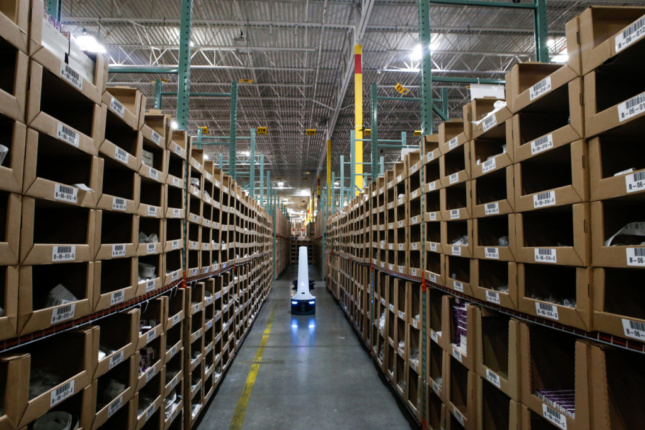Missed some of our articles, Tweets, and Facebook posts from the last few days? Don’t sweat it—we’ve gathered the week’s must-read stories right here. Enjoy!
Growing private detention industry threatens immigrants’ rights on the U.S.-Mexico border
The collision of private law enforcement and privately managed immigration enforcement at sites of detention is dramatically altering the landscape of migrant processing and justice—largely to the disadvantage of the detainee.
Thanks to big data, all architects will face a major professional crossroads bigger than CAD or BIM
In the near future, architects will no longer be the anointed “gatekeepers” of professional knowledge or judgment, and the increasing complexity of building problems will face economic pressures demanding that architects provide even more service for less money.
Robotics and fulfillment centers are reshaping retail—and cities could be next
It may only be a matter of time before automation becomes integrated into our daily lives outside the warehouse and the architecture of fulfillment becomes the architecture of the city.
What Baltimore can teach us about the future of public monuments
Baltimore’s removal of these statues may be read as a response to the violence in Charlottesville, but the city’s decision marks a decisive new chapter in public commemoration, one that goes much deeper than the nightly news.
Chicago has become a testing ground for the next wave of restaurant design
With large numbers of twenty- and thirty-somethings moving to urban centers and preferring fast, generally healthier food, the restaurant industry is rushing to figure out how to keep up.
